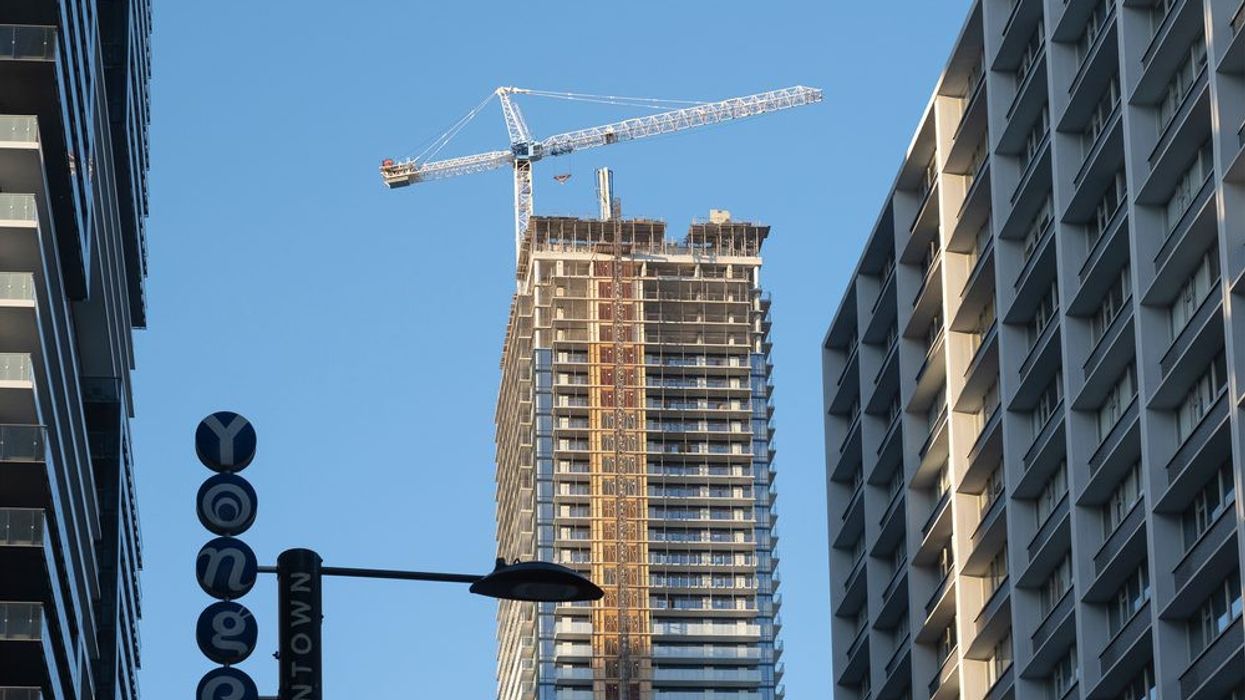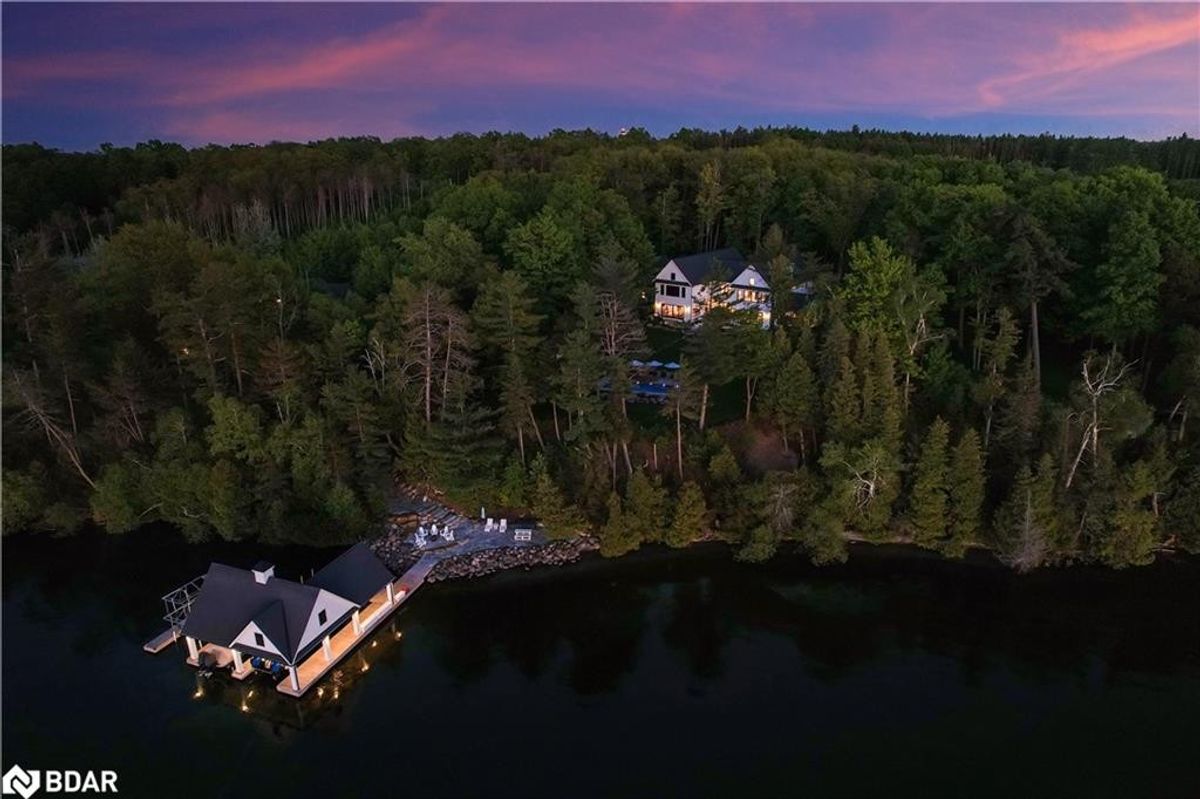Like the road to hell, the way home is paved with good intentions. Despite efforts from all three levels of government, the housing crisis in Toronto -- and Canada -- continues to go from bad to worse. Between the related issues of affordability and availability, finding and buying a place of one’s own is now out of reach for millions of families in this country.
According to a report released this year by the Toronto Region Board of Trade and Woodgreen Community Services, the local housing crisis costs the regional economy between $6 and $8 billion annually.
Little wonder, then, that housing has been a topic much-discussed by politicians during the current national election. Though prospective prime ministers would like us to believe they know how to solve the problem, that’s unlikely. To begin with, so many factors are at play that the combined efforts of federal, provincial, and municipal governments would be required even to begin to make a dent in the situation.
While Ottawa may have the money, housing will be built in cities and suburbs. Between these two solitudes lie the provinces, which have their own agendas and, poorly run, aren’t necessarily there to make housing -- which we like to call a right -- more accessible.
READ: Federal Parties Hurry to Address Housing Issues, But Miss Root Cause
Ontario Premier Doug Ford, for example, believes the problem is one of supply, or should we say, lack thereof. His answer is to cut red tape and impose MZOs (Minister’s Zoning Orders) whenever he gets the chance. That short-circuits the local planning process and typically allows developers to proceed unencumbered by the neighbours’ complaints. Given the prevalence of NIMBYism in cities like Toronto, the appeal of such heavy-handed measure is not hard to understand.
On the other hand, industry priorities rarely mesh with those of municipalities and residents. Where civic staff and urban activists are calling for intensification of established neighbourhoods, urban and suburban, ratepayers fight them tooth and nail. Few local politicians are willing to risk the ire of a neighbourhood scorned.
This has led some to suggest that allowing ever greater sprawl would alleviate the housing shortage by increasing supply. Given the related crises of global environmental degradation and growing congestion, this is no longer unacceptable.
At the same time, it would be foolhardy not to take maximum advantage of existing infrastructure, whether that means transit, sewage, parks, and so on. Though Toronto has added countless condos and exurbia now sprawls from one end of the Greater Toronto Area to the other, fewer people than ever -- especially Millennials -- can afford a house.
Little wonder, 50 years ago, a house typically cost twice the buyer’s annual salary. Today it’s more than 12 times. Sadly, during the same period wages have failed to keep up.
READ: GTA Housing Prices Increased at 4x the Pace of Income Over a 10-Year Period
And so for many the dream of home-ownership has become a nightmare. It’s time Canadians join the rest of the world and invest –- economically, socially and culturally -- in rental housing. A century ago, when apartment living was briefly fashionable in Toronto, some of the city’s elegant residential complexes were built. Think of the Balmoral, the Clarendon, the Claridge, more desirable today than ever. Perhaps it’s time for a renaissance in apartment living.
Of course, these grandes dames are not for the shallow of pocket. Affordability -- the issue behind the issue -- will only be dealt with when governments stop selling the land they own and turn it over to subsidized housing. That would cut costs by almost a quarter. How interesting that the city of Helsinki, which has all but eliminated homelessness, owns roughly 65% of its land. That gives it a degree of control over growth impossible in Toronto and Canada where planning and development have been effectively corporatized.

Using publicly owned land for assisted housing as well as full-market rental would go a long way to meeting the pent-up demand for a place to live. Currently, the waiting list for subsidized housing in Toronto is five to seven years. In other words, forever.
Let’s not forget the example of Regent Park. When it was built starting in the late 1940s it was seen as a way to replace Toronto slums with a residential community that included a mix of housing types and rent schedules. Unfortunately, misguided utopian notions about human behaviour and physical separation, undifferentiated common spaces, and banal architecture left Regent Park socially unsustainable.
Today it is half-way through a total rebuild that will integrate the neighbourhood with the larger city and contain a mix of market and affordable units, which from the outside are impossible to tell apart. In addition, some of those apartments include up to five bedrooms, in other words, able to accommodate a large family.
The prize for thinking-outside-the-box, or at least the shipping container, goes to a brilliantly innovative project in Denver called Stackhouse. The eight-storey structure consists of a series of 62 “docking stations,” each engineered to support a small private apartment made from shipping containers that can be moved in and out as required. Aside form being highly affordable, the scheme enables builders to meet zoning regulations that would otherwise ban such small homes.

At some point, the federal government will also have to take a hard look at changing mortgage rules in an effort to encourage different forms of ownership that include multiple unrelated individuals.
Ottawa might also want to get a serious about lending millions for low-cost rental accommodation to developers who fail to deliver affordable rental units. Then there’s the Liberal rent-to-own program, which might help some, but even that is unlikely to make housing less expensive.
Meanwhile, it’s anyone’s guess how Toronto planners and politicians would greet such proposals. Or the neighbours for that matter. But clearly we have reached the point where the damage done by the housing crisis can no longer be ignored.
That doesn’t mean government will respond with more than talk and hollow promises. Having handed housing over to the private sector, it will be hard to take it back.





















